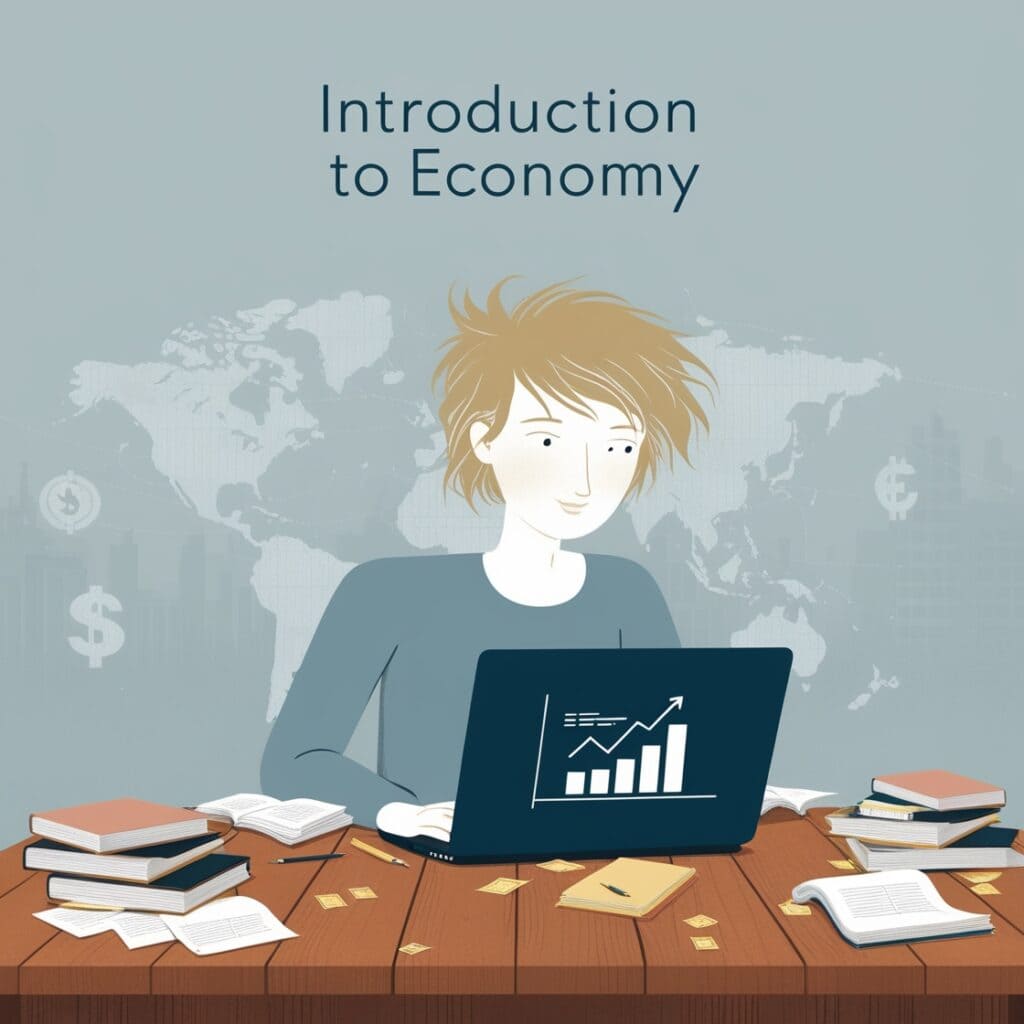1. What is Economics?
-
- It’s a social science that studies how society allocates scarce resources among unlimited needs.
2. The Two Main Branches of Economics:
-
- Microeconomics: The study of individual choices and how they are influenced by economic forces.
-
- Examples: Consumers and Producers (buyers and sellers), Markets and Equilibrium, Elasticity.
-
- Microeconomics: The study of individual choices and how they are influenced by economic forces.
-
- Macroeconomics: The study of economics as a whole.
-
- Examples: Inflation, Unemployment, Economic Growth.
-
- Macroeconomics: The study of economics as a whole.
3. What is the Economic Problem?
-
- Too many mouths, not much food to go around.
-
- Needs: Things that humans can’t live without (∞), like food, water, shelter.
-
- Wants: Things that humans can live without but desire (∞).
-
- Resources are always limited and can’t meet all human needs and wants (scarce).
-
- Scarcity means resources are too few to satisfy individual desires.
-
- Resources are always limited and can’t meet all human needs and wants (scarce).
4. Economic Resources (Factors of Production):
-
- Land is paid rent : Includes natural resources like minerals, forests, and water
-
- Labor is paid salary or wages : Refers to the human effort used in production, both physical and intellectual.
-
- Capital is paid interest : Includes machinery, tools, and buildings used to produce goods and services.
-
- Entrepreneurship is paid profits : The creativity and risk-taking involved in organizing and managing a business.
5. The Main 3 Economic Questions:
-
- What and how to produce?
-
- What goods and services should an economy produce? Is it agriculture, manufacturing, services?
-
- What and how to produce?
-
- For whom to produce?
-
- Who should get the goods and services? The rich people or those who work hard?
-
- For whom to produce?
-
- How to produce?
-
- How should goods and services be produced? This depends on the type of economy (market economy, command economy, mixed economy) and the available resources. For example, should production be labor-intensive (relying on workers) or capital-intensive (using machines and technology)?”
-
- How to produce?
6. Positive vs Normative Economics:
-
- Positive Economics: Only deals with facts.
-
- EX : “The unemployment rate is 6% this year.” This is based on factual data.
-
- Normative Economics: Involves opinions and what should be (not facts).
-
- EX : “The government should lower taxes to reduce unemployment.” This is based on opinion or value judgment.


Pingback: Production possibility curve opportunity cost